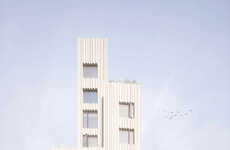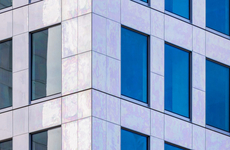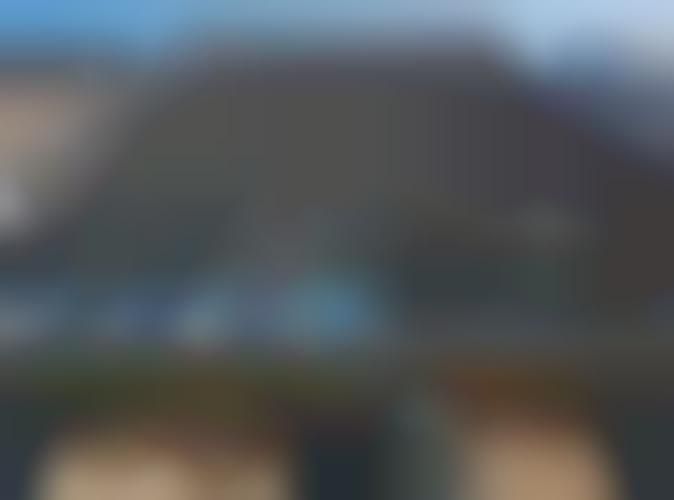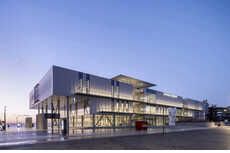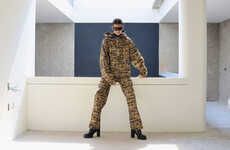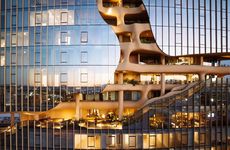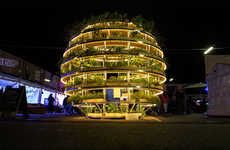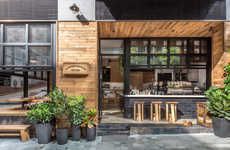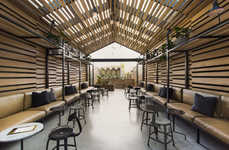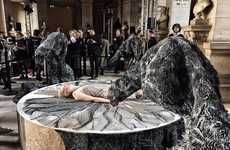
The Steel Facade of 'XOCO 325' is Shaped Like Massive Bones
Joey Haar — August 18, 2016 — Art & Design
References: xoco325 & fastcodesign
XOCO 325 is a new condo building in Manhattan's SoHo neighborhood that takes inspiration from anatomy. The building, which was formerly a chocolate factory, has taken a more macabre turn than its joyous former incarnation, as architecture firm DDG has designed the facade to look like a series of interconnected bones.
The skeletal facade is reminiscent of roundly adored modernist icon Antoni Gaudi's buildings. The Spanish architect, who died in 1926 and is famous for Park Guell and the Sagrada Familia, was known for using shapes that were common in nature -- bones included. In fact, La Pedrera, an apartment building in Barcelona designed by Gaudi, has a facade that looks like a more elaborate version of the XOCO 325 facade.
For Manhattan residents, the SoHo building is sure to create some wanderlust for the Gaudi-built edifices of Barcelona.
The skeletal facade is reminiscent of roundly adored modernist icon Antoni Gaudi's buildings. The Spanish architect, who died in 1926 and is famous for Park Guell and the Sagrada Familia, was known for using shapes that were common in nature -- bones included. In fact, La Pedrera, an apartment building in Barcelona designed by Gaudi, has a facade that looks like a more elaborate version of the XOCO 325 facade.
For Manhattan residents, the SoHo building is sure to create some wanderlust for the Gaudi-built edifices of Barcelona.
Trend Themes
1. Skeletal Building Facades - Architects and designers are exploring the use of skeletal-like facades to create unique and visually striking buildings.
2. Anatomical Design Inspiration - Architecture is increasingly drawing inspiration from anatomy, utilizing shapes and forms found in nature, such as bones, to create innovative building designs.
3. Gaudi's Influence on Modern Architecture - The works of Antoni Gaudi, particularly his use of organic and natural shapes, continue to inspire architects and influence contemporary building designs.
Industry Implications
1. Architecture and Construction - The architectural industry has the potential to incorporate skeletal facades and anatomical design elements into future building projects, creating visually stunning and unique structures.
2. Real Estate Development - Real estate developers can embrace the trend of skeletal building facades to differentiate their properties in competitive markets, offering residents and buyers distinctive and visually striking living spaces.
3. Tourism and Hospitality - The influence of Gaudi's architectural style can be harnessed by the tourism and hospitality industry, particularly in locations with existing Gaudi-inspired buildings, attracting visitors interested in unique design experiences.
2.8
Score
Popularity
Activity
Freshness


